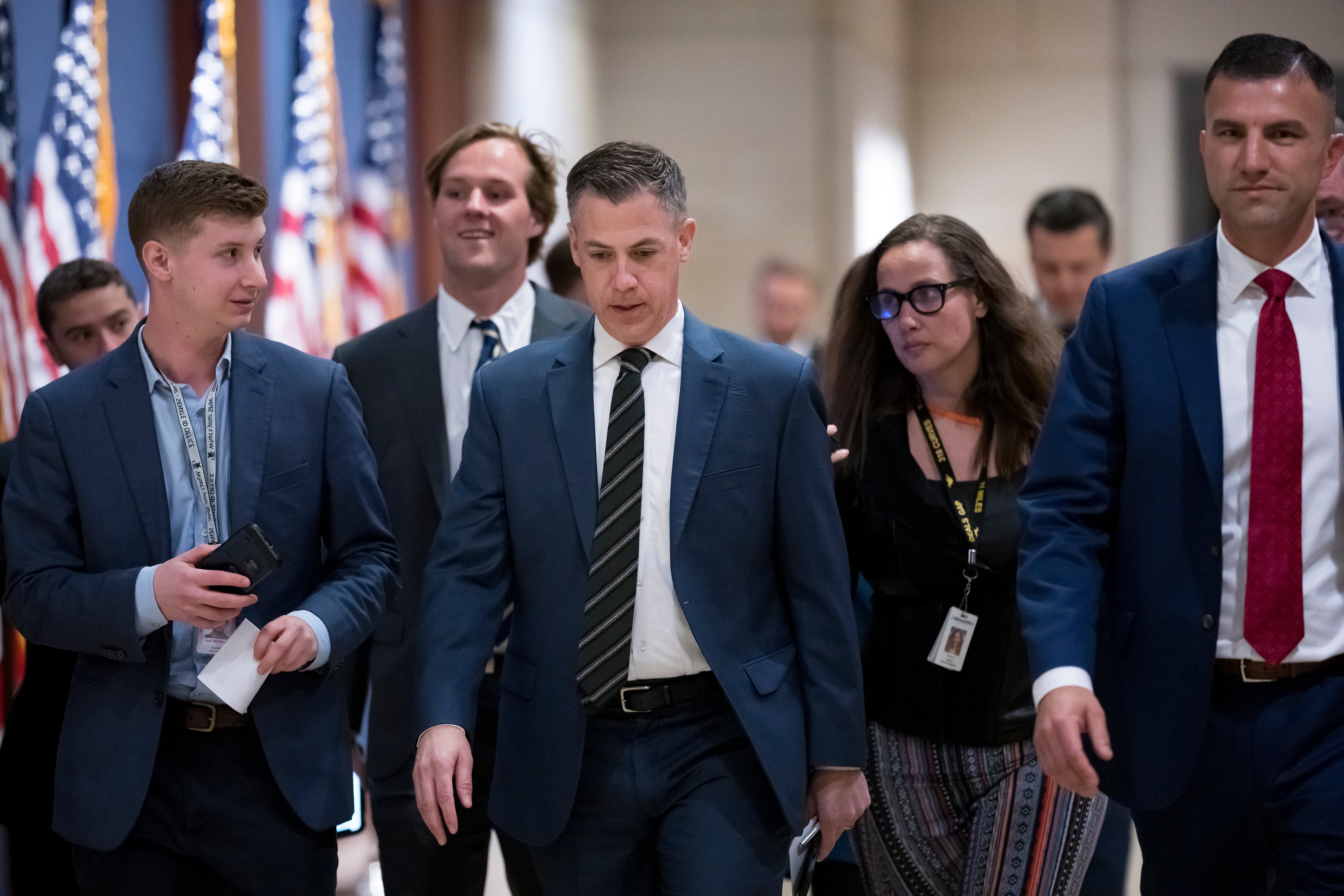The Army is toughening up its up-or-out rules for sergeants first class and master sergeants, effective Oct. 1.
Under a policy change that takes effect Oct. 1 for soldiers of the Regular Army and Active Guard and Reserve, the retention control point for promotable sergeants first class will be reduced from 29 years of active service to 26, and for promotable master sergeants from 32 to 29 years.
The population potentially affected by the changes would appear to be relatively small.
That is because most soldiers advancing to master sergeant in recent years have done so at about 17-18 years of service, and to sergeant major at fewer than 23 years of service.
The rule change does not apply to promotable soldiers on selection lists generated by boards that met in 2015 and earlier.
The first cohort of soldiers subject to the new high-tenure rules will be those selected by the 2016 master sergeant board that meets March 1-25, and the sergeant major board scheduled for Sept. 7-23.
The tenure changes were ordered by Army Secretary John McHugh in the same Aug. 13 Army directive (No. 2015-30), that announced changes to schooling requirements for NCO promotions.
Retention control points are tenure limits for the Army's enlisted "up or out" system. Soldiers who reach the RCP for their rank before they are promoted may be involuntarily discharged or retired.
Soldiers of the Regular Army and the Army Reserve component of the Active Guard and Reserve may stay on active duty up to their RCP, or age 62, whichever comes first.
The age limit for soldiers assigned to the Title 10 programs of the National Guard component of the Active Guard and Reserve is 60 years.
entagon sources said the pending changes to the tenure limits for promotable sergeants first class and master sergeants are unrelated to other changes in recent years that extended the RCP for sergeant major from 30 to 32 years, and eliminated the extended periods of active service for promotable specialists and sergeants.
"The Army continues to review retention control points to ensure we are postured to support the leader development process for our future NCO Corps," according to a written statement provided by the Office of the Army G1.
"We continually assess the outcomes of past decision to see if they produce the results we strive for. When it's clear they do not, we adjust accordingly."
The Oct. 1 changes will come at a time when the Army is about mid-way through a drawdown that is projected to result in active component manning being reduced by 40,000 by the end of fiscal 2018. That reduction could be increased by another 30,000 soldiers if sequestration returns in fiscal 2016, which begins Oct. 1.
To date, senior NCO cuts primarily have been achieved through the Qualitative Service Program, which is used to cull the ranks of overstrength military occupational specialties. Soldiers processed under QSP generally are fully qualified for service, and in normal times would not be involuntarily separated or retired.
Additional NCOs cuts have been generated by re-enlistment denials, RCP limits and the Qualitative Management Program which focuses on soldiers who have had derogatory information placed in their official file.





